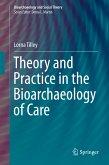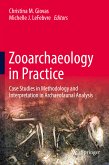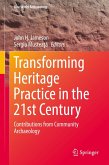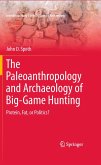This volume argues that practice theory can also be used in a bioarchaeological context through the examination of human skeletal remains and the archaeological context in which they were excavated. Bioarchaeology offers a unique perspective on these day-to-day experiences-skeletal tissue is constantly undergoing a process of change and, as a living biological system, it can adapt to external forces. Furthermore, bioarchaeological studies are multi-scalar and can examine individuals, groups, or entire populations.
Using osteological indicators of activity patterns (entheseal changes, osteoarthritis) and dietary isotopes (carbon, nitrogen) as examples, this book addresses patterns of everyday life in the ancient past. Physical activities and food consumption are actions that are carried out on a daily basis. While bioarchaeology does not have the ability to recreate specific day-to-day activities, we can assess broad trends in everyday life. The volume illustrates these points using examples from the Ancient Nile Valley. Through the examination of over 800 Egyptian and Nubian individuals from five different archaeological sites, the research addresses patterns of everyday life as they relate to social inequality, agency, and practice.
Beyond osteological indicators of activity and dietary patterns, this book also discusses additional methods that can be pursed to draw attention to daily life. Lastly, this book also highlightsthe applicability of and potential contribution that practice theory can make to this area of research.
Dieser Download kann aus rechtlichen Gründen nur mit Rechnungsadresse in A, B, BG, CY, CZ, D, DK, EW, E, FIN, F, GR, HR, H, IRL, I, LT, L, LR, M, NL, PL, P, R, S, SLO, SK ausgeliefert werden.









